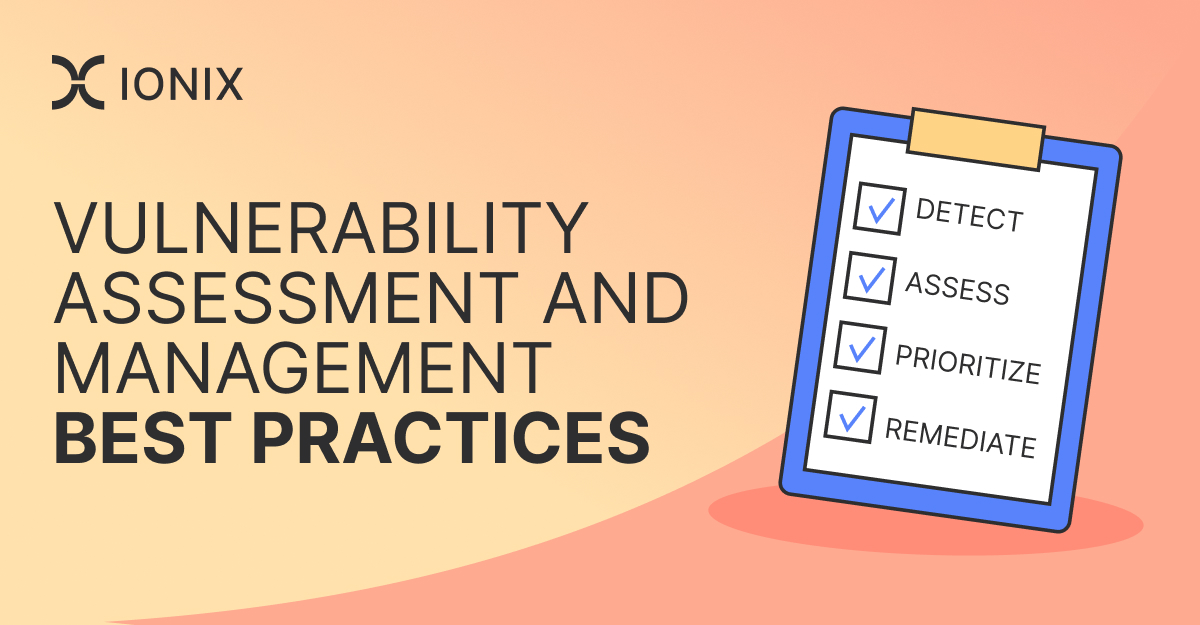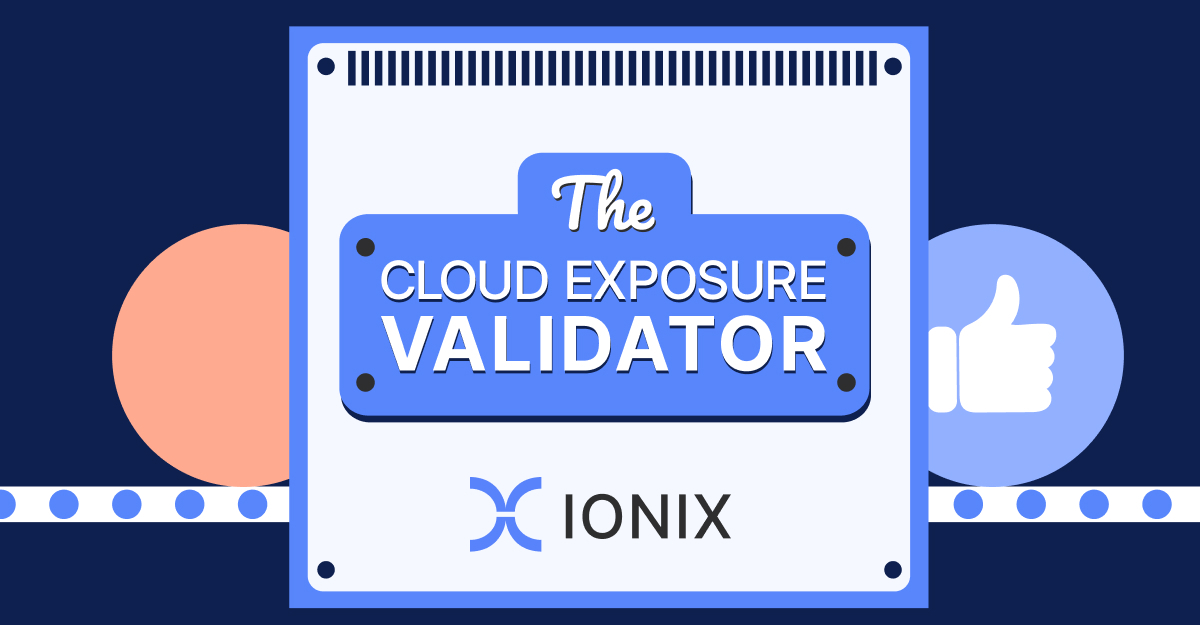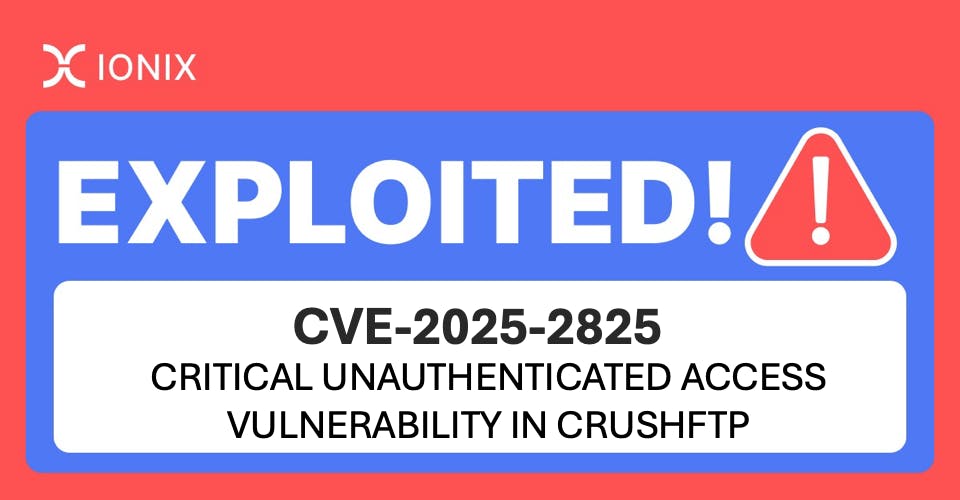Best Practices in Vulnerability Management

Vulnerability management is a major component of any cybersecurity strategy, simply because every vulnerability represents another potential vector through which an organization can be attacked.
Essentially, vulnerability management can be broken up into four main stages:
- Detect: Identify vulnerabilities in an organization’s systems.
- Assess: Investigate to determine severity, scope, and impacts.
- Prioritize: Prioritize vulnerabilities based on risk.
- Remediate: Apply patches or other remediation actions in order of priority.
Below, we explore how vulnerability assessment and management can significantly improve an organization’s security posture if implemented in line with security best practices, and the additional benefits of taking the step from vulnerability management to continuous threat exposure management (CTEM).
Challenges in Vulnerability Management
Many organizations have unpatched and unmanaged vulnerabilities, and the reason for this is that vulnerability management is a complex problem. Some common issues that companies face include:
- Managing False Positives and Negatives: False positives and false negatives both introduce additional work for security analysts, either wasting time on non-existent threats or remediating attacks exploiting overlooked vulnerabilities. With large and complex IT environments, false positives and negatives can be overwhelming and use up valuable resources.
- Keeping Up with New Vulnerabilities and Threats: Each newly deployed system or updated piece of code could introduce new vulnerabilities into an organization’s environment. Additionally, new vulnerabilities could be discovered and disclosed in existing software, forcing companies to patch these vulnerabilities before they are exploited by an attacker.
- Scanning Complex Hybrid Environments: Hybrid cloud environments introduce various challenges, including the complexity of ensuring consistent visibility and protection across environments. If vulnerability management tools don’t support an organization’s entire hybrid cloud environment, visibility and security gaps can leave the organization vulnerable.
- Zero-Day Vulnerabilities: Zero-day vulnerabilities are newly discovered threats with limited knowledge and no patch available. Mitigating zero-day vulnerabilities requires access to threat intelligence and implementation of security best practices such as network segmentation and least privilege access management.
Vulnerability Management Best Practices
Vulnerability management involves identifying and remediating vulnerabilities that exist in an organization’s environment. Some best practices for implementing it include:
- Regular Scanning and Inventory: Vulnerabilities can be introduced into an organization’s environment at any time, so regular scanning is essential for risk management. Scans should be automated with manual oversight and use tools that offer customizable scans that can be tailored to an organization’s needs. For example, scans might be targeted toward a particular regulation or be set up to balance the risk of false positives vs. the potential for operational disruption.
- Patch Management Automation: After a vulnerability has been publicly reported and a patch has been issued, cybercriminals often move quickly to exploit it. Automated patch management closes the window during which a vulnerability can be exploited and reduces the burden on security personnel who could be overwhelmed by the volume of patches and updates required.
- Risk-Based Prioritization: Security teams commonly have more vulnerabilities in their infrastructure than they can manage, and not all vulnerabilities are created equal. Vulnerabilities should be prioritized based on risk, and this risk should consider the importance of affected assets — and the data that they possess — rather than the assigned Common Vulnerability Scoring System (CVSS) score.
- Involve Cross-Functional Teams: While the security team may be responsible for running scans and patching vulnerabilities, they may lack full visibility into the potential impacts of various vulnerabilities. Cross-functional teams can provide valuable insights into how vulnerabilities could impact business processes and how best to prioritize remediation efforts to minimize the impacts of vulnerabilities on the organization.
- Incident Response Plan Integration: Exploited vulnerabilities are a common cause of security incidents, and knowledge of vulnerabilities can be invaluable to incident responders for root cause analysis and to plan their actions. Vulnerability management should be integrated into the incident response plan to ensure that the team has the information required to perform their role.
- Continuous Education and Training: IT personnel and end users should receive regular training on cybersecurity best practices and why vulnerability management is important. Training should also be role-specific, providing secure coding guidance to developers, etc.
Vulnerability Assessment Best Practices
Vulnerability assessments are a key component of the greater vulnerability management process. Some important best practices include:
- Mapping Vulnerabilities to Assets: The criticality of a vulnerability depends not only on its CVSS score but also on the assets and business processes that it impacts. Mapping vulnerabilities to assets provides the security team with the context required to prioritize a high-risk vulnerability affecting a high-value asset over a “critical” vulnerability in a less important system.
- Enrich Data for Additional Context: The results provided by a vulnerability scanner should be combined with threat intelligence to provide additional context and detail about a potential vulnerability. For example, the knowledge that a particular vulnerability is actively targeted by attackers makes it a higher risk and priority than one with no known exploits in the wild.
- Consider Asset Importance and Collateral Damage: Vulnerabilities in high-value assets are more critical than those in lower-tier assets, but an asset’s importance may not be obvious. Map business flows and relationships to identify relationships between systems and whether a seemingly minor application may be a dependency for other, more vital applications.
Moving from Vulnerability Management to Exposure Management
Traditional vulnerability management can be beneficial to the organization, but it’s far from a perfect solution. Some of its most significant limitations include:
- Restricted Scope: Vulnerability management is largely an internal process and doesn’t provide external visibility. Additionally, it fails to follow the digital supply chain, meaning that vulnerability management solutions will only help with monitoring and securing those tools that the company knows it owns.
- Siloed Visibility: Vulnerability management began with silos, treating each department or division within a corporation as a separate entity. The inability to connect the dots across these departments and divisions created security blind spots.
- Vulnerability Focus: Vulnerability management looks at risks from a vulnerability-centric perspective. This can skew prioritization efforts if, for example, a medium-risk vulnerability is being actively exploited by an attacker while a critical one is not. Attack surface management (ASM), on the other hand, searches for real-world risks within an organization’s network.
- Threat Validation: Vulnerability management needs other tools to determine whether a particular vulnerability is exploitable or a false positive. Exposure validation identifies whether vulnerabilities are actually exploitable, enabling the business to focus effort and resources where they can provide actual value.
Threat exposure management is designed to address the shortcomings of vulnerability management, focusing on real threats to the organization rather than the vulnerabilities that exist in its environment. TEM involves proactively working to manage potential threats to the business rather than reactively attempting to close vulnerabilities and remediate attacks once they happen. Continuous TEM (CTEM) leverages automation to enable the organization to agilely adapt to its ever-changing risks and threat landscape. Organizations can make the shift from vulnerability management to CTEM by implementing its five-step program.
Continuous attack surface management (CASM) is a critical component of a CTEM program. Providing real-time vulnerability into the organization’s digital attack surface, CASM ensures that security teams are aware of and prioritizing those risks that an attacker is most likely to exploit. To learn more about how your organization can reinvigorate its security program with CASM, schedule a free demo with Ionix today.






